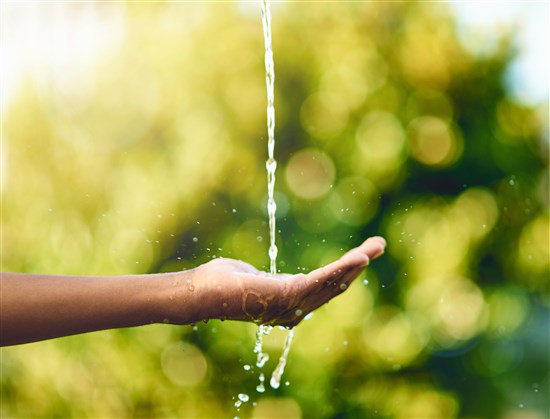RESOURCE WATER

TRESCH Traitement des Eaux helps you to manage your water better.

Whether the water comes from a natural resource (river, lake, groundwater or rain) or from the public drinking water network, it generally needs to be treated before it is distributed and used.

Surface water
Inland surface waters are generally low in mineral content. However, they do contain suspended solids and organic matter, both natural and man-made, in varying quantities depending on climatic conditions and the surrounding urban and industrial development.Groundwater
Groundwater, formed by the infiltration of rainfall into the geological strata, contains relatively low levels of solid and organic matter. Dissolved salts and metals, brought by the dissolution of rocks, are often present in significant quantities. Although less vulnerable than surface water, groundwater is nonetheless subject to anthropogenic pollution, of which nitrate and pesticide discharges from agricultural activities are the most significant examples.Potable water
Although drinking water from the public supply network meets all the health requirements, its quality is sometimes inadequate for certain industrial and public applications. When it is used, its characteristics can undergo significant changes, such as calco-carbonic imbalance caused by a rise in temperature, which can lead to scaling or bacterial growth. Treatment by chemical conditioning (scale and corrosion inhibitors, dispersants, bactericides, etc.), filtration, ion exchange or ultraviolet may be necessary to prevent these disorders.Depending on the specific needs of each customer, we will implement the necessary treatment equipment: clarification, coagulation, flocculation, oxidation, decantation, sand filters, activated carbon filters, disinfection, ion exchange processes, membrane processes, etc.

